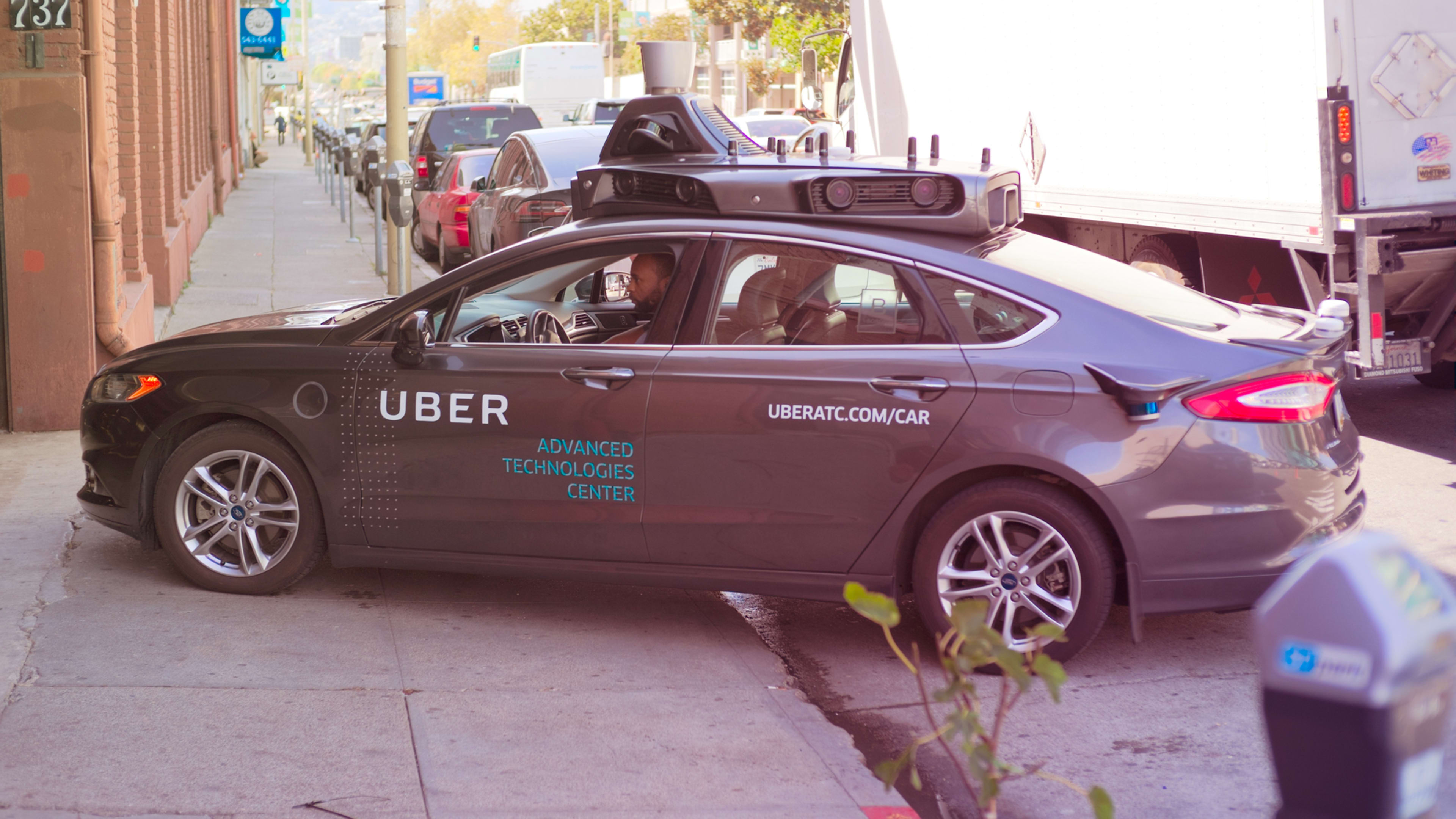The National Traffic Safety Board has released its preliminary reports of the fatal crash between a semi-autonomous Uber and a pedestrian, Elaine Herzberg, in Tempe, Arizona, earlier this year. The report found that Uber’s car actually did detect Herzberg six seconds before the fatal collision, reports Recode:
The NTSB said that [Uber’s] system itself initially had difficulty categorizing Herzberg. Initially the system categorized Herzberg, who was walking her bike across the road, as an unknown object, then a vehicle and then as a bike. About 1.3 seconds before the crash, the NTSB wrote, the Uber system determined that it needed to enable its emergency braking system.
However, the report also found that Uber’s self-driving car wasn’t programmed to stop for obstructions in its path, leaving it up to the driver behind the wheel to apply the breaks. The NTSB report notes that “all aspects of the self-driving system were operating normally at the time of the crash, and that there were no faults or diagnostic messages.” The NTSB preliminary report does not indicate a probable cause or fault that resulted in the collision, but the investigation is still ongoing.
Recognize your brand’s excellence by applying to this year’s Brands That Matter Awards before the early-rate deadline, May 3.
